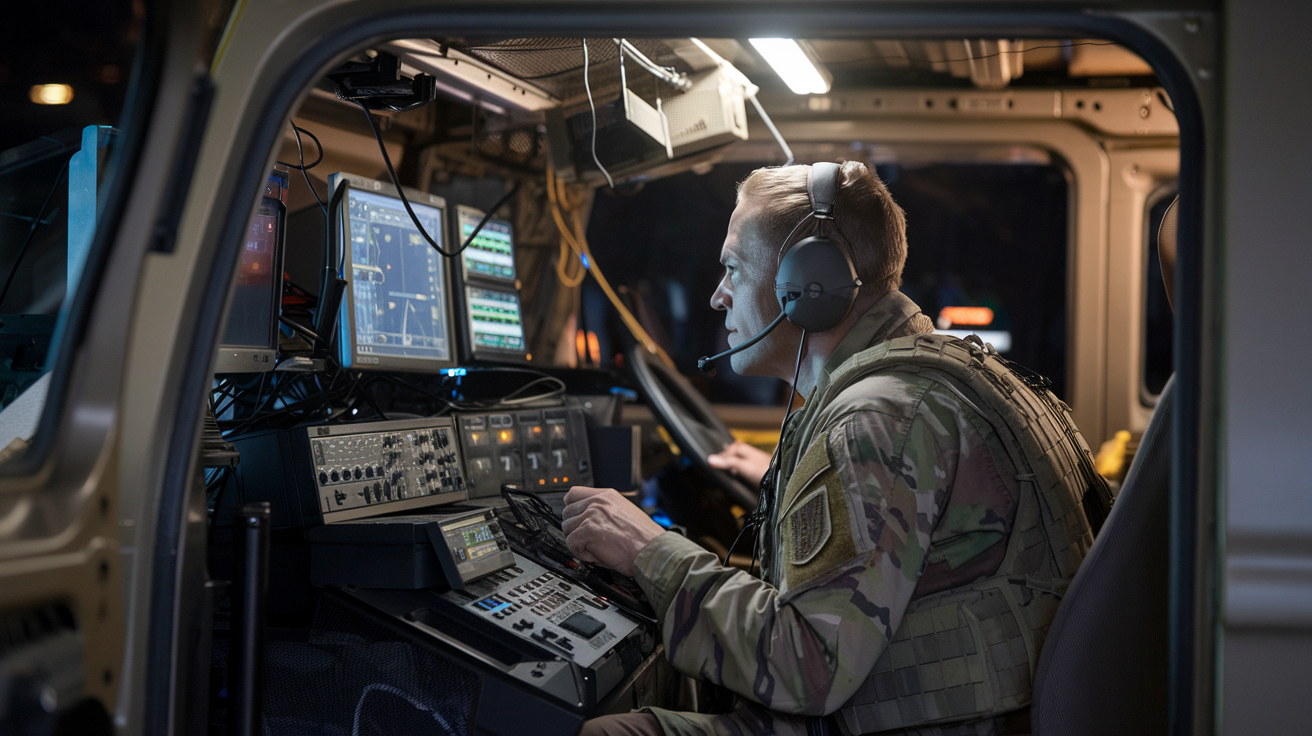EW Market Overview
The global Electronic Warfare (EW) market is projected to grow from USD 10.8 billion in 2023 to USD 19.4 billion by 2028, at a compound annual growth rate (CAGR) of 12.5%. This robust growth is driven by technological advancements, escalating geopolitical tensions, and the rising complexity of modern warfare environments. EW systems, which manipulate the electromagnetic spectrum to gain strategic advantages, are critical in modern defense strategies, targeting enemy communications, radar, and electronic devices.
Download PDF Brochure @
https://www.marketsandmarkets.com/pdfdownloadNew.asp?id=1301
Key Drivers of Market Growth
- Geopolitical Tensions: Heightened geopolitical disputes, particularly in regions such as Eastern Europe, Asia-Pacific, and the Middle East, are driving demand for advanced EW capabilities. Countries are ramping up defense spending to address sophisticated electronic threats.
- Technological Innovations: Advancements in miniaturization, artificial intelligence (AI), and machine learning (ML) enhance the efficiency and versatility of EW systems. Modern systems now integrate seamlessly into a variety of platforms, including airborne, naval, and ground-based systems.
- Emergence of Complex Threats: Non-state actors and advanced adversaries leveraging cutting-edge electronic systems require enhanced defensive capabilities, further boosting the EW market.
- Increased Focus on Cyber-Electronic Integration: The convergence of cyber and electronic warfare capabilities enables militaries to target and disrupt enemy operations in both physical and virtual domains.
Market Segmentation Analysis
1. Platform Analysis The airborne segment holds the largest market share and is anticipated to dominate throughout the forecast period. Key factors driving this trend include:
- Technological Adaptability: Advances in EW technologies enable compact systems that fit on a wide range of aircraft, from combat and transport aircraft to UAVs.
- Operational Flexibility: Airborne platforms provide greater mobility and coverage compared to ground-based or naval systems, allowing real-time responses to emerging threats.
- Rising Importance of Airpower: Modern warfare’s reliance on air superiority necessitates robust EW capabilities in aircraft.
2. Capability Analysis The electronic support (ES) segment is poised to lead the market from 2023 to 2028. ES systems, which involve the interception and analysis of enemy electronic signals, are indispensable for battlefield intelligence. Their growth is driven by:
- Situational Awareness: ES systems provide critical real-time insights into enemy activity, helping military leaders make informed decisions.
- Advancements in Signal Analysis: Newer systems enhance the ability to detect and classify sophisticated signals in increasingly crowded electromagnetic environments.
- Need for Strategic Insights: Modern conflicts demand continuous monitoring of electronic environments to counter adversary capabilities.
3. Product Analysis The jammers sub-segment is expected to capture the largest share within the EW equipment category. This is attributed to:
- Disruption Capabilities: Jammers effectively disable enemy communication and radar systems, a critical advantage in both symmetrical and asymmetrical warfare.
- Technological Sophistication: Modern jamming systems target a broader range of frequencies with enhanced precision and reliability.
- Global Military Modernization: The rapid adoption of jammers reflects their effectiveness in neutralizing threats posed by advanced electronic systems.
Regional Insights
- North America: The largest market, driven by significant defense budgets, technological leadership, and the presence of major players such as Raytheon Technologies and Northrop Grumman.
- Asia-Pacific: Expected to witness the fastest growth due to rising defense spending in countries like China and India and regional security tensions.
- Europe: Increasing investments in EW capabilities due to evolving threats and NATO commitments.
Competitive Landscape
Leading players in the EW market include:
- BAE Systems (UK): Expertise in advanced sensor technologies and integrated EW systems.
- Raytheon Technologies (US): A leader in radar and signal processing solutions.
- Northrop Grumman (US): Focus on next-generation EW and cyber-electronic systems.
- L3Harris Technologies (US): Innovator in mission-critical communication and jamming solutions.
- Lockheed Martin (US): Pioneering efforts in airborne EW systems and integrated defense platforms.
- Israel Aerospace Industries (Israel) and Elbit Systems (UK): Known for tailored solutions addressing specific regional defense needs.
Emerging Trends
- AI and Automation: AI-powered EW systems enhance signal processing speed, improve detection capabilities, and enable autonomous decision-making.
- Space-based EW Systems: As militaries expand operations to space, EW systems designed for satellite platforms are gaining traction.
- Cyber-EW Synergy: Integration of electronic warfare with cyber defense for simultaneous disruption of enemy operations across domains.
Ask for Sample Report @
https://www.marketsandmarkets.com/requestsampleNew.asp?id=1301
The Electronic Warfare market is poised for significant growth due to the evolving nature of warfare and technological advancements. Dominance in segments like airborne platforms, electronic support capabilities, and jammers highlights the importance of adaptability and innovation. Investments in R&D, coupled with strategic partnerships, will be key for players aiming to capitalize on the expanding market opportunities.

